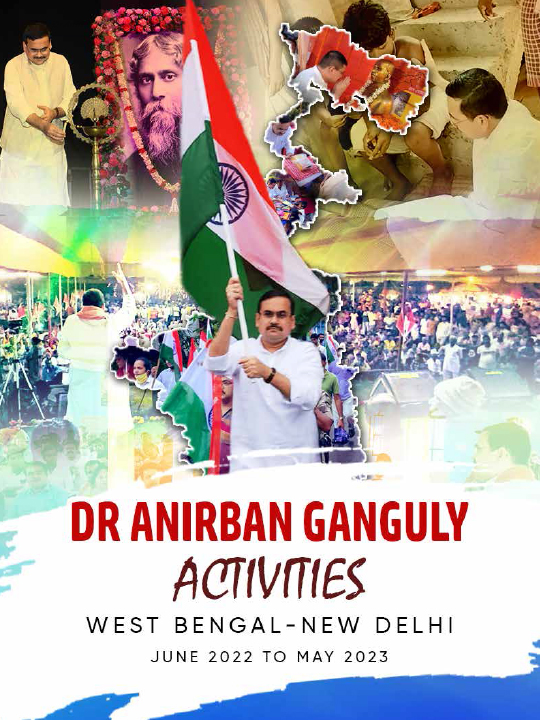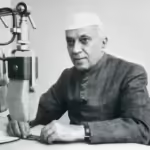Create a Civilisational Wave via Oceanic Convergence
- By : Anirban Ganguly
- Category : Articles
A mega civilisational convergence of the Indian Ocean Rim (IOR) countries—represented not only by their official bodies but leading thinkers, academics and scholars—took place last weekend at Bhubaneswar.
The conference was also a celebration and recognition of the seafaring prowess of civilisational Odisha and the Indian coast’s contribution towards initiating a civilisational outreach. It was thus fitting that Bhubaneswar was selected as the venue.
The Kolkata-based Institute of Social and Cultural Studies and New Delhi-based Research and Information System for Developing Countries came together with support from a host of other organisations and ministries such as external affairs, petroleum & natural gas, commerce and culture, and conceived of this civilisational dialogue on the IOR to essentially “re-examine and re-lay the concept of ‘family likeness’ in the backdrop of current geo-political developments and alignments”.
The release of a commemorative postal stamp on the “Indian Ocean and Rajendra Chola I” and the fact that this conference was held in Bubhaneswar was a profoundly symbolic recognition and re-discovery of not only the maritime and civilisational achievements of one of the greatest Hindu monarch but also the realisation of the shaping role that Odisha and India’s coastal societies and people have played in reaching out India’s worldview, her trades and riches to lands around the Indian Ocean, and in weaving these into a deeper civilisational network.
An impressive array of speakers, over 75 in number, from across the IOR region presented a rich variety of perspectives ranging from re-articulating the civilisational and cultural linkages, to trade, geo-political issues, energy security, resource management, cooperation on medicinal plants, infrastructure, security—as a participant aptly summed it, the spiritual, political and security dimensions were all discussed. Articulations of terms such as “cotton route” and the masterly display of an exhibition on India’s seafaring legacy introduced a freshness of perspective and left open the possibilities of future re-imagining of past linkages and present strategies.
In fact, referring to the “cotton route”, the Declaration of the IOR Conference—henceforth to be known and recollected as the Bhubaneswar Declaration 2015—emphasised the need to further explore and disseminate its dimensions. “The idea of cotton route was discussed at length. The understanding and interpretation should be shared across different member states for possible convergence (on a) way forward. Cotton reaches out cutting across social and economic hierarchy from finesse to the coarse variety”, the declaration also recognised India’s pre-eminent role in clothing the world in the past. The idea of the cotton route introduces a new dimension in the entire strategic discourse centred on the IOR.
The occasion offered itself as a great opportunity to realise the imperative of working towards a synergy that would transform the IOR into one of the leading zones of a new civilisational initiative. As the Bhubaneswar Declaration succinctly stated, blending past achievements with present challenges, “Historically, the Indian Ocean found pre-eminence in world politics. The resurgence of the IOR was notable given its economic dynamism, huge markets and rich natural resources, most significantly, energy. The growing geostrategic and geo-economic salience of IOR makes it only more than palpable that there should be greater regional collaboration between the stakeholders to jointly address and contest non-traditional security threats such as maritime terrorism and piracy, trans-national crime, environment and natural disasters.”
The formidable gathering of minds only reinforced PM Modi’s vision of evolving a comprehensive cooperative strategy in the IOR, with India resuming her ancient role as a civilisational facilitator.











